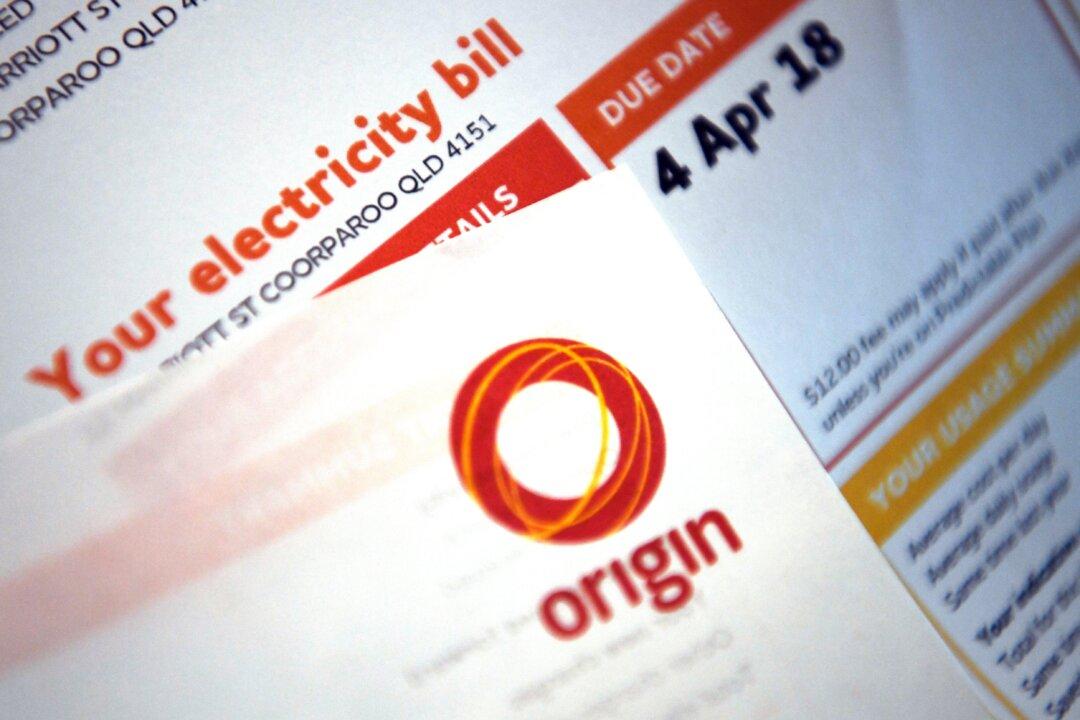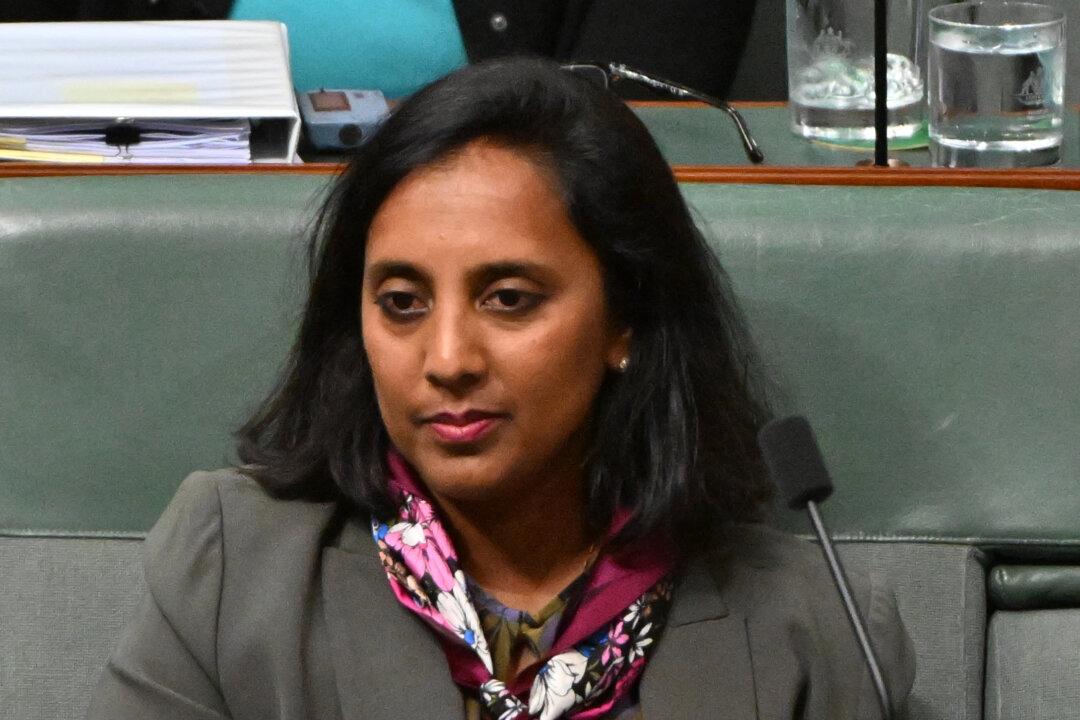One of Australia’s largest coal-fired power stations—that supplies a quarter of New South Wales’ (NSW) energy needs—will soon close and be replaced by the country’s largest battery in the rush to reach net-zero.
On April 20, Origin Energy, one of the “Big Three” energy providers, servicing 4.2 million households and businesses, said it would spend around $600 million (US$403 million) to construct a battery system at the site of its Eraring Power Station.





